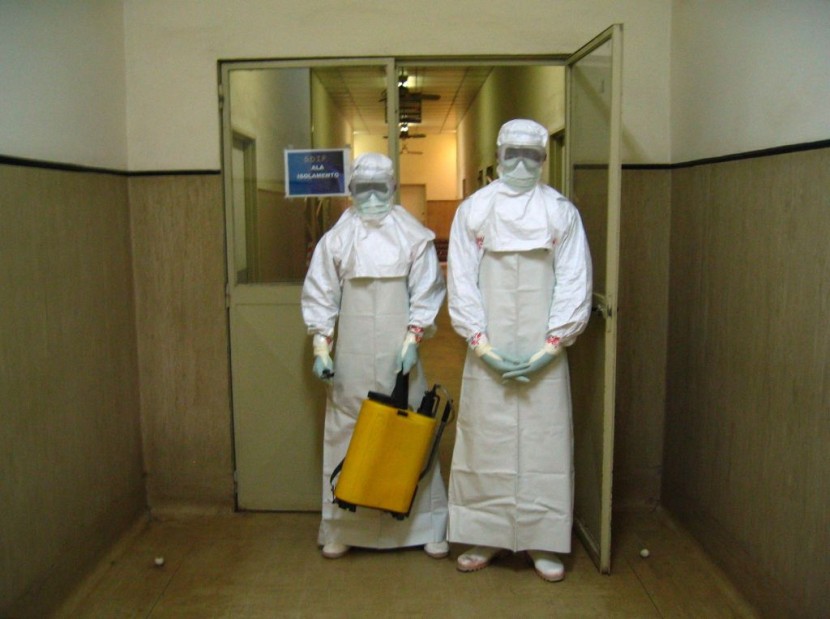
The World Health Organization (WHO) called an emergency meeting where they considered testing Marburg vaccines following an outbreak discovered in Equatorial Guinea on Monday.
The new wave of infections has already resulted in a suspected 25 cases and the potential death of nine others. Data from the United States Centers for Disease Control and Prevention (CDC) showed that there were 15 previously confirmed Marburg outbreaks.
Marburg Virus Outbreak
However, the current wave of infections which has been dated back to as early as January, is the first for Equatorial Guinea. After the global health organization confirmed Monday, Cameroon officials also reported two cases of suspected Marburg infections.
The Marburg disease is placed in the same filovirus family as the Ebola virus, which is much more known worldwide. Similarly, the Marburg, despite being rare, is more often than not considered a deadly hemorrhagic fever.
Authorities first documented the disease being passed on to people from African green monkeys and transported to European laboratories in 1967. Officials discovered that the virus has a reservoir host in African fruit bats. These animals do not show the typical symptoms of infection but can still pass the virus to humans and non-human primates, as per Gizmodo.
In human-to-human transmission, the virus is spread by contact with bodily fluids, including semen, or contact with objects such as bedding, clothes, and medical equipment. After the Marburg virus infects a person, symptoms start abruptly after incubation between two and 21 days.
The illness starts with fever, chills, headache, and muscle aches. Following these, a rash develops in many patients. They then experience nausea, vomiting, chest pain, sore throat, abdominal pain, and diarrhea.
The symptoms can often become extremely severe and may result in system-wide issues such as organ inflammation and failure. The virus can also lead to internal bleeding, significant weight loss, jaundice, and death.
Read Also : Climate Change Contributes To Spread of Malaria
A Potential Vaccine
While WHO officials considered the viability of testing Marburg vaccines, currently in various stages of development against the recent outbreak, they asserted otherwise. This is because the likelihood of a successful trial was relatively low. After all, they argued that other preventative measures, such as quarantines, could stop the spread of the infection before a single dose can be delivered, according to Interesting Engineering.
There are other potential vaccines, with one that orders a person's cells to produce a Marburg virus protein. This is done using a modified chimpanzee adenovirus. The Sabin Vaccine Institute in Washington, DC, proposed this vaccine.
Data from the WHO showed that Marburg disease has a 50% fatality rate, and one of the most recent waves of infections was found in Angola in 2005, where death rates were as high as 88%. The CDC also said that around day three, patients can appear to be "ghost-like" with deep-set eyes, expressionless faces, and extreme lethargy.
Health officials noted that death by Marburg can occur between eight and nine days after onset and is usually preceded by blood loss and shock, said Insider.
Related Article: China's Take on COVID-19 Origin Investigations
© 2026 HNGN, All rights reserved. Do not reproduce without permission.








